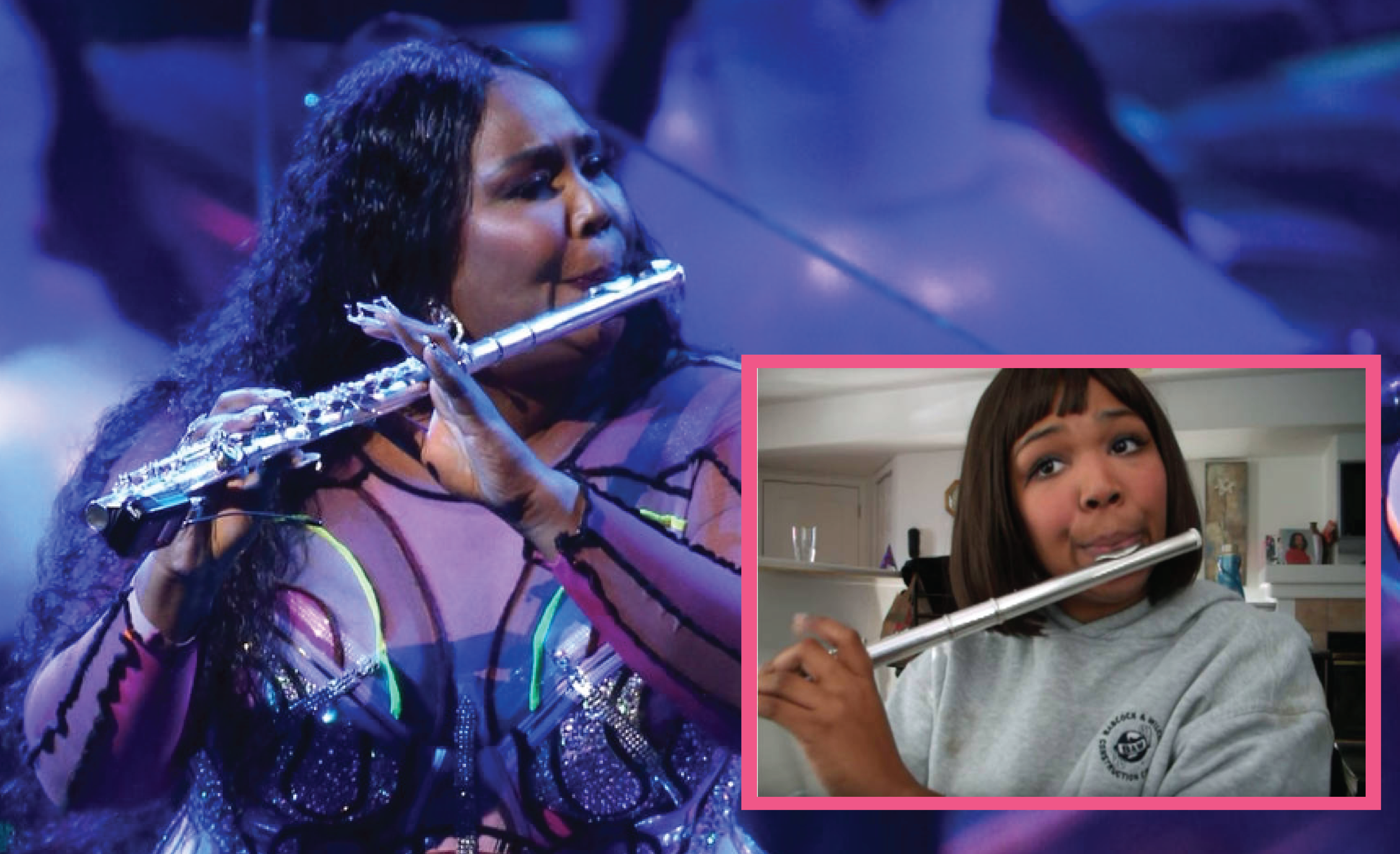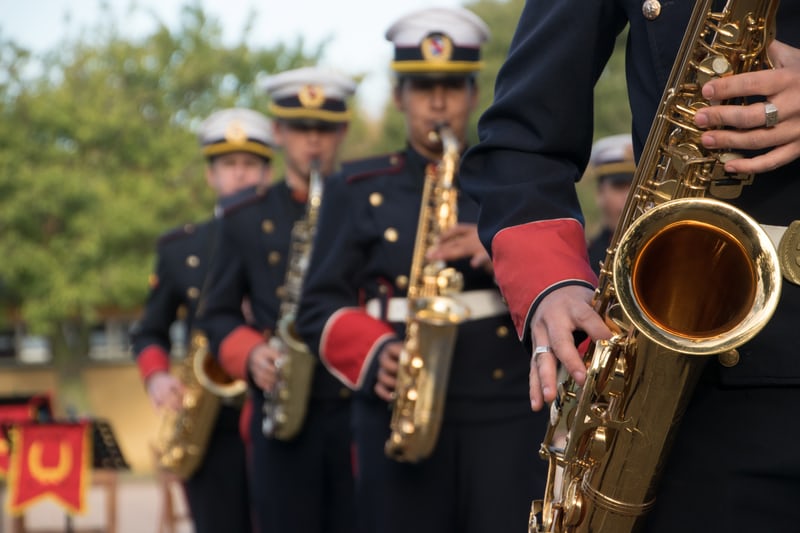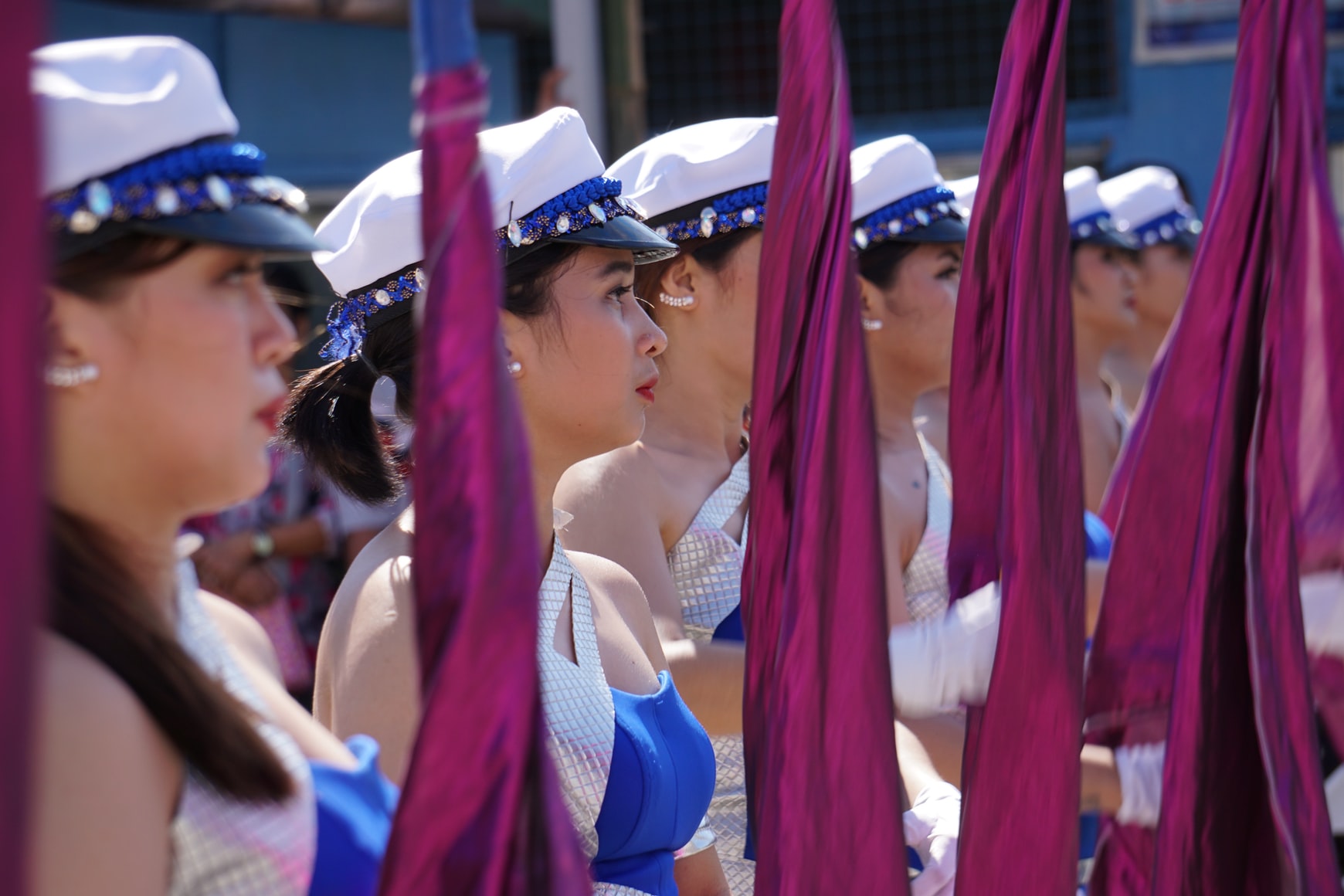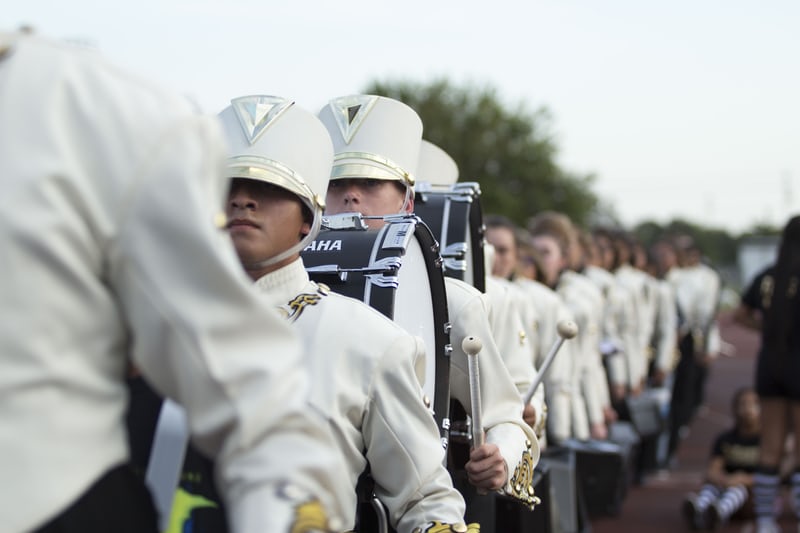Overview
Style is the manner of doing something or a more precise definition of style is a distinctive appearance, typically
determined by the principles according to which something is designed or made in a particular form and that
particular form is given a name or title. This is one of the primary ways we describe a marching band and the
marching band’s basic show design is by style.
Marching bands are categorized by style based on primary function, instrumentation, and technique, although many
marching bands organizations move fluidly from one style to another thus creating their own unique style. This is a
result of the overall show design concept where the music style such as, jazz, Dixieland, classical, or military
marches plays a specific role in determining the or better yet forcing the associated design of marching style to
closely mirror the musical style of the performing composition.
To better understand and appreciate the trademarks of the marching bands in today’s competitions let’s explore the 5
major style categories of today’s high school marching bands.
Military Style
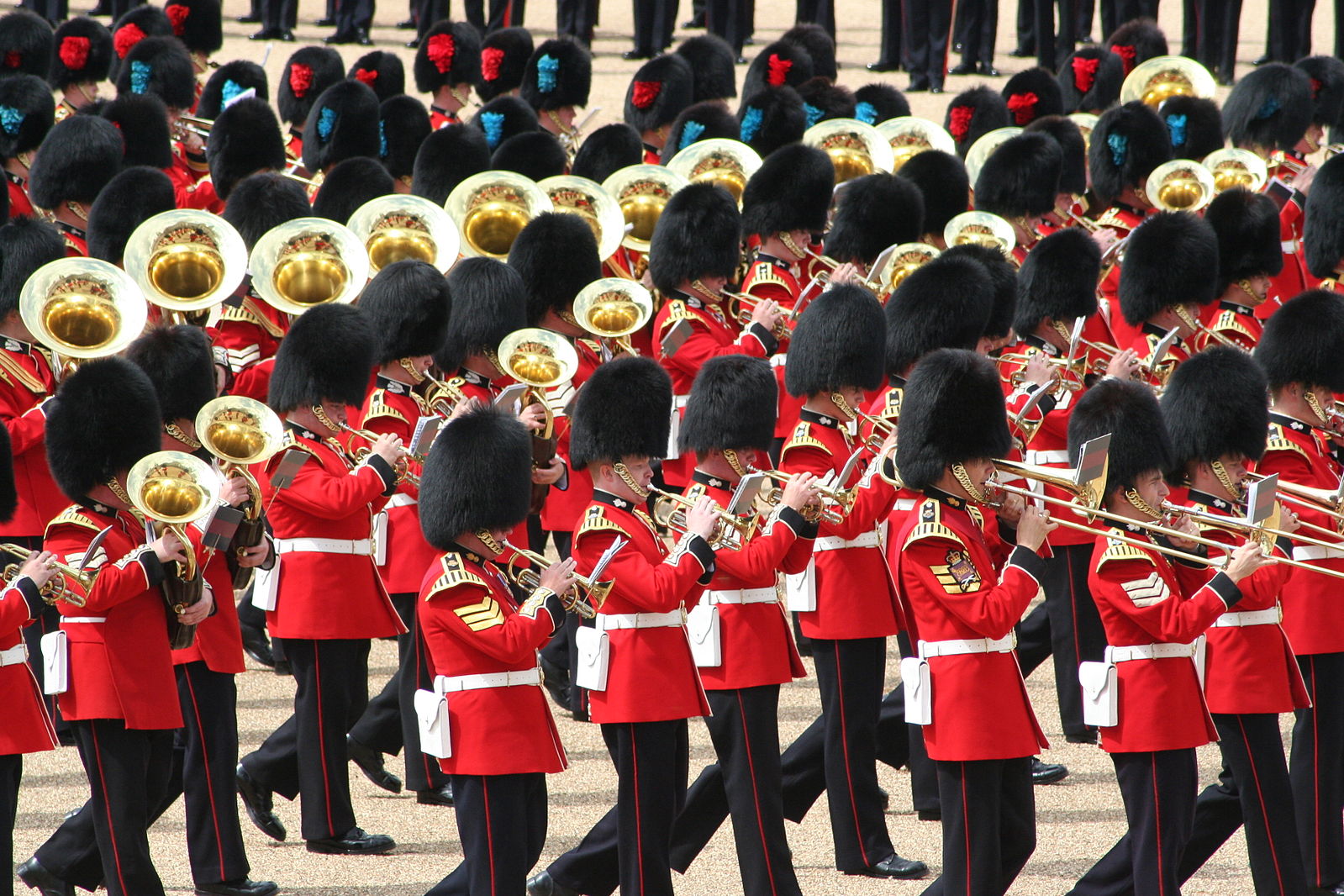
Military bands were historically the first marching bands. Instrumentation in these bands varies but generally
consists of brass, woodwinds, and percussion. Due to their original purpose, military marching bands typically march
in a forward direction with consistent straight lines. Music is performed at a constant tempo (120–140 Beats Per
Minute ((PBM)) ) in order to facilitate the steady marching of the entire military group the band is playing with.
The marching step size, or interval, is consistent, and usually at a 6 to 5 (six steps per five yards) or 8 to
5 (eight steps to five yards). This style includes field music units such as drum and bugle corps or bugle bands,
bagpipe bands, fife and drum corps, and of course, the full military marching band unit. And without question these
military style marching bands performs military marches of style composers like Kenneth Alfred, Karl King, Henry
Filmore, Edwin Franko Goldman, and by far the most famous, John Philip Sousa.
To better understand military marching style understanding the basic musical characteristics of the military march
is essential. First, the majority of marches are written in duple meter, meaning they have two beats per measure.
The tempo of marches are lively and brisk (120-140 BPM). The march is written in four sections and each of the
different sections is called a strain. The first section is defined at the introduction or fanfare and last for 8 to
16 measures. The next section is commonly called the first strain, as it introduces the prominent melody in a
rhythmically straightforward manner which typically fits into 16 measures. Next comes the second strain which is
also 16 measures and has its own fresh melody and this melody is performed in the lower brass section. Then comes
the third section and has the most memorable melody of the march and this section or strain is called the trio. The
trio section, also sixteen measures, is the most melodic section of the march and most often performed at a softer
dynamic level. Then the fourth strain best known as the breakstrain is loud and intense and its purpose is to
literally break a gap between the trio sections. The fifth strain (or final trio) as the trio grandioso, is the
repeat of the trio in a much louder dynamic level and it sometimes adds yet another counter-melody or obligato. Its
role is to make the trio melody memorable to the listener.
Military marches and military marching bands were the norm of show design for the majority of high school marching
bands until the mid-1970’s across America. As the military march is very prescriptive in structure so is the show
design of a military marching band show.
This style of marching is still prevalent in the high school band programs throughout East Texas and in Southern
California where their competing bands enter parade competitions where they still require military stye marching
while performing standard marches. The colleges and universities that are presently performing military style is,
the US Naval Academy Band, The United States Army Academy, the United States Air Force Academy, The Citadel, and the
most famous is the Fightin’ Texas Aggie Band from Texas A&M University. But it is the United States military bands
like: the “President’s Own” United States Marine Band, the Old Guard Fife and Drum Corps, the United States Army
Field Band, The United States Navy Band, and the United States Coast Guard Pipe Band.
We are also very familiar with the British military bands as they part a part of the ceremonial music associated
with the Royal Family. And military style marching bands are also commonplace in Germany, Austria, the Russian
Federation, Ukraine, Belarus, Italy, Spain, Portugal and France. German and French military style band types can
even extend to Corps of Drums and fanfare bands staffed full-time by civilian musicians, and even to the Bagad bands
in Brittany and outside France made up of bagpipers.
Corps Style
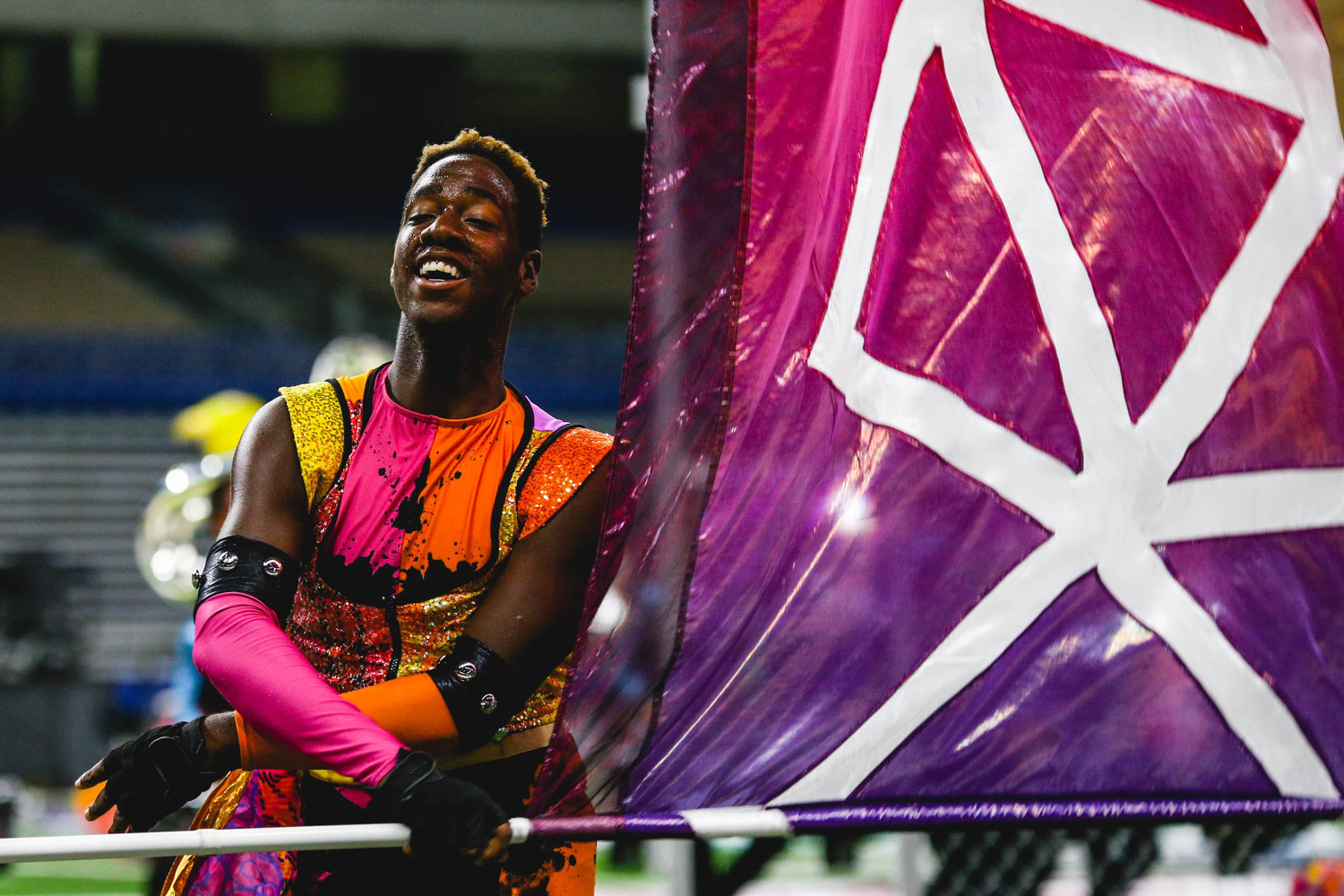
Corps Style bands directly reflect the trends seen in modern drum and bugle corps of Drum Corps International (DCI). The corps style of marching and show design became popular among these musical marching organizations in the early 1970’s. The corps style was originally derived from the conceptional musical and show flow of a Broadway musical. The musical flow of a Broadway musical generally follows the following format:
- • Opening Number – where the overall musical tone and production style of the entire show is established. In corps style marching show it is also referred to as the Opening Number and facilitates the same function as the Broadway counterpart.
- • Production Number – in a musical number that incorporates the full cast and is denoted by the choreography associated with that number. It is usually load and performed upstage. In a corps style show this is the number that highly features the auxiliary unites of the colorguard, majorettes, and dance-line.
- • Patter Song – a moderately fast to very fast tempo with a rapid succession of rhythmic patterns in which each syllable of text corresponds to one note. The percussion break or percussion feature in the corps style show design is modeled after the patter song.
- • Power Ballad – this is the song that brings the emotions of a character(s) to life. This song is the melodically memorable song of the show. In a corps stye marching show this is the slow, melodic
- • The Eleven O’Clock Number – is the big showstopping number that comes late in the second act of the show and incorporates the style of te production number at a slower tempo and the ballad at a more grandioso style and almost always has a musical modulation in an attempt to get the audience on their feet. In a corps style show the closing number is a direct correlation with the Broadway Eleven O’Clock Number.
Corps style instrumentation increased the percussion section from the snare drum, tenor drum, and bass drum of the
military band instrumentation to the snare, tri-toms, quads, multi-pitched bass drums, and the percussion pit which
is comprised of a myriad of percussion keyboard instruments as well as traditional and electronic keyboards. The
keyboard instruments in the pit are to enhance or double the running effects of the woodwind section, or take on the
sounds of the string section in a symphony orchestra, and/or serve a function of the overall musical concept derived
by the corps composer. In addition, the pit ensemble may also use sound amplification or electronic instruments such
as synthesizers.
Unlike the military band marching style, drum corps style step sizes are constantly changing to accommodate the
differing forms the band is creating on the field. Forms may be linear, curvilinear, or scatter. Music selections
can include anything from symphonic music, film scores, to world music, jazz, rock, or pop music and te size of
steps and formation must fit visually the musical offering. Also nnlike a military band's use of baton twirlers,
Corps Style bands may include a "color guard" that spin flags, rifles, sabres—and may also incorporate dance. Other
visual elements unique to the corps style is the usage of props, backdrops, and even costuming – with the purpose of
adding more theatrical elements to the show.
The corps style constantly evolves, with contributions from college bands, high school bands, and drum and bugle
corps throughout the United States. Typically, corps style bands gear their performances for marching competitions
and marching festivals. Competitions featuring the corps style on the national level includes, Drum Corps
International, Winter Guard International, and Bands Of America. However, the corps style is the dominate style of
high school marching bands across America.
Traditional Style
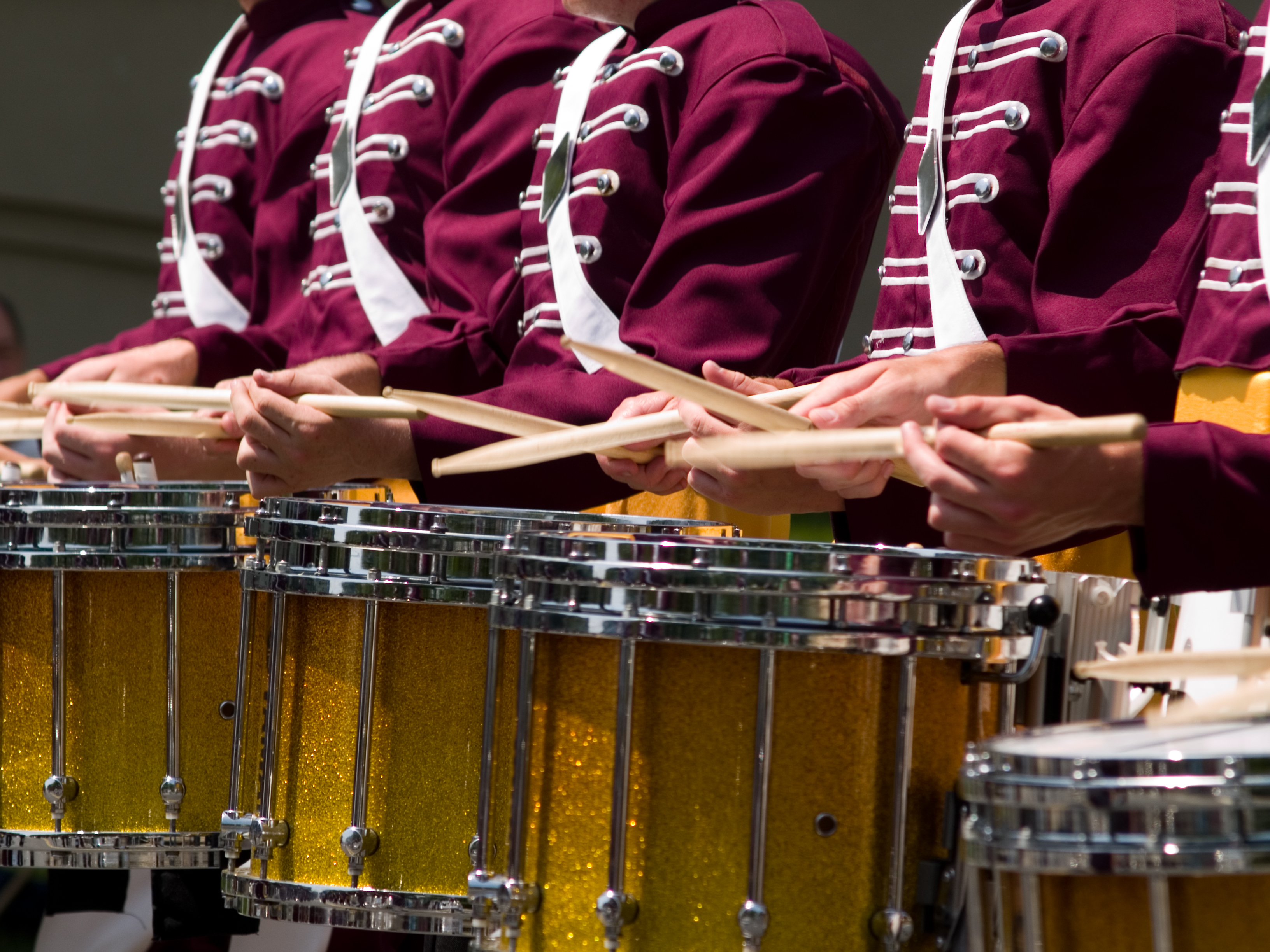
Traditional Style bands, also known as Show Bands, are marching bands geared primarily towards crowd entertainment.
Competitive show bands perform only one show that is continually refined throughout a season, while bands that focus
on entertainment rather than competition usually perform a unique show for each game. These shows normally consists
of three to five musical pieces accompanied by formations rooted in origin from Patterns in Motion, a book penned by
band director William C. "Bill" Moffit, legendary bandmaster of Prudue University’s All-American Marching Band.
Most often these patterns are pictures formed in outline by the band members and these outlined pictures are
directly associated with the title or lyrics of the performed selection.
A recognizable style of show band is the one fielded by historically black colleges and universities (HBCUs). HBCU
bands utilize the traditional "ankle-knee" high step and music selections are largely based on R&B, hip-hop, and
contemporary popular music. In addition to traditional drill formations, HBCU bands feature heavily choreographed
dance routines as part of their performances. Many of these bands may have a twirler line and/or a dancer line, but
not necessarily flag twirlers. One of the most notable depictions of HBCU bands is the 2002 film Drumline. HBCU
bands are a significant part of African-American musical culture and HBCU bands often surpass their associated
football teams in popularity. Some of the most noted HBCU show bands are as follow: The Human Jukebox at Southern
University, the Marching Wildcats at Bethune-Cookman University, The Blue and Gold Marching Machine of North
Carolina A&T State University, Prairie View A&M University, and the most noted is Florida A&M University Marching
100.
Another style of show band is that used by many of the Big Ten Conference marching bands like the Blue Band at Penn
State University, The Ohio State University Buckeye Marching Band, the University of Michigan Marching Band, and
Perdue University’s All American Band which incorporates a semi-military and semi-corps style in the traditional
show style.These bands perform a show that is designed to entertain the audience, but feature more traditional
symphonic styles of music (marches, film scores, jazz, or older pop music) as well as some contemporary music. Big
Ten style show bands have been influential in creating some of the earliest marching band innovations, and the style
is used in high schools throughout much of the United States. However, it must be note that the high school bands
that use this style are large in membership or they would not be able to pull off the scale of size needed to
outline desired picture.
Most show bands of either type include the traditional military band instrumentation of woodwinds, brass, and
battery percussion. Some also include the front ensemble keyboard percussion, and may also incorporate the use of a
colorguard as well as a dance-line.
Carnival Bands

Carnival bands is a British band variant of show bands. Carnival bands typically march in time to the music and may also participate in parades and competitions. They contain brass and percussion, but may or may not use woodwinds. In The United States, specifically Southern California and the Seattle area, carnival bands (known as Parade bands in the states) perform regularly in parades and parade competitions. These US bands are also modeled on the United States military band tradition but many mirror the traditional styles of the ceremonial British bands.
Scramble Bands

Scramble bands (also referred to as 'Scatter' bands) are a variation on show bands. They generally do not march in time with the music, but, as their name implies, scramble from design to design and often incorporate comedic elements into their performances. Most of the bands in the Ivy League use this style, as well as California Ivey League type schools. Very seldom do you see the scramble style bands at the high school level except at boarding schools and academies in the Northeast.
Competitive Style
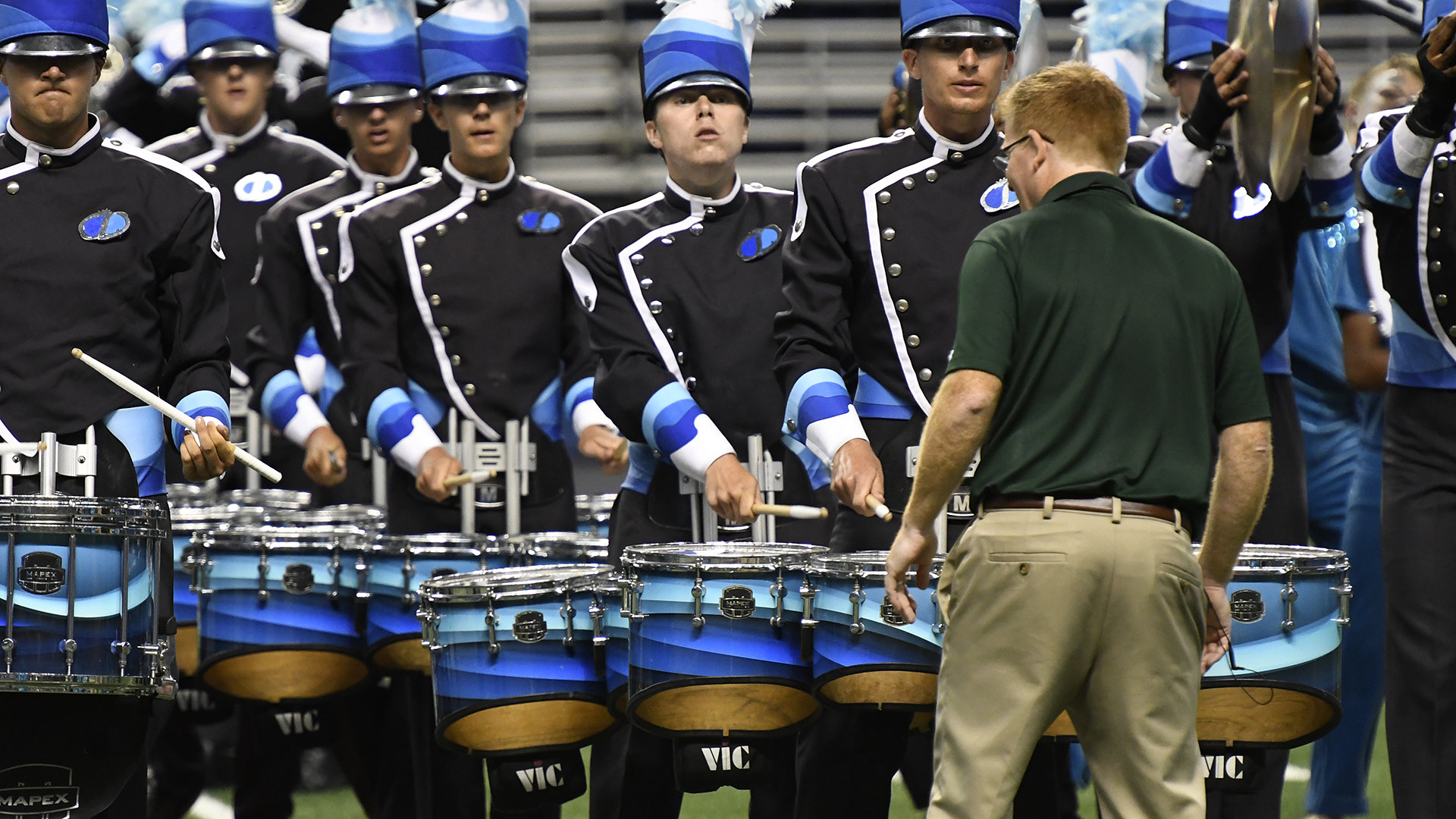
These are the bands you are watching in the competition and they are incorporating each of the marching styles that conveys their theme, visual impact, and overall show concept. Although the vast majorities primary style will be corps style at different elements in their show the other show styles may emerge. It is these combinations of styles that may make their musical and visual performance more competitive. Yes, their shows are designed and rehearsed to create a winning performance.
